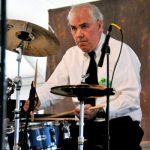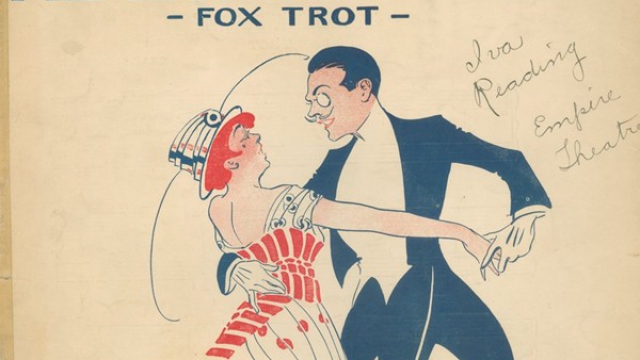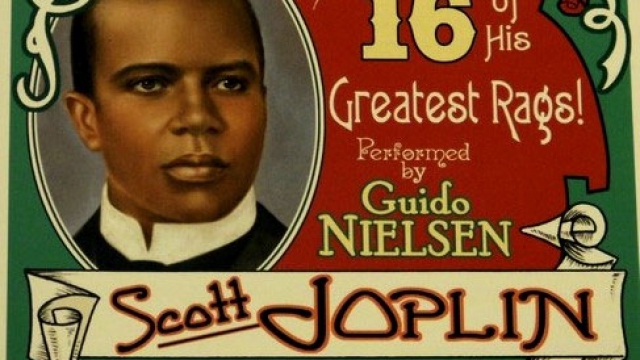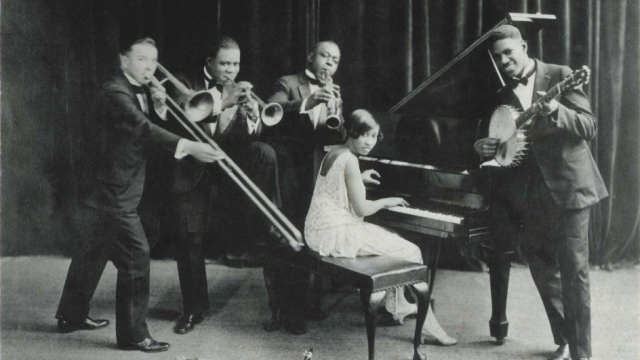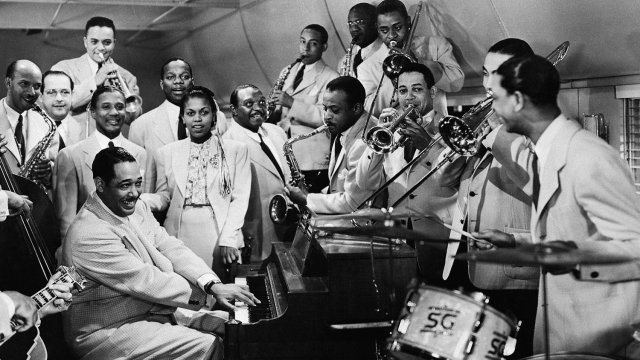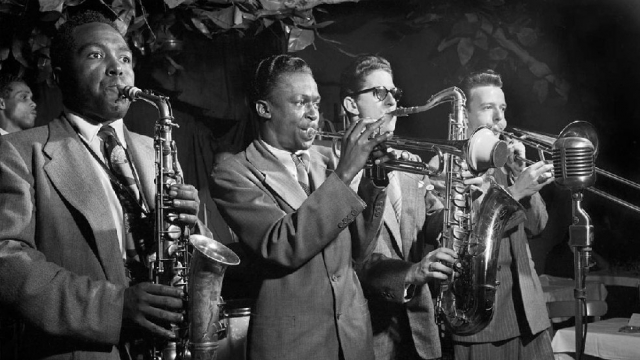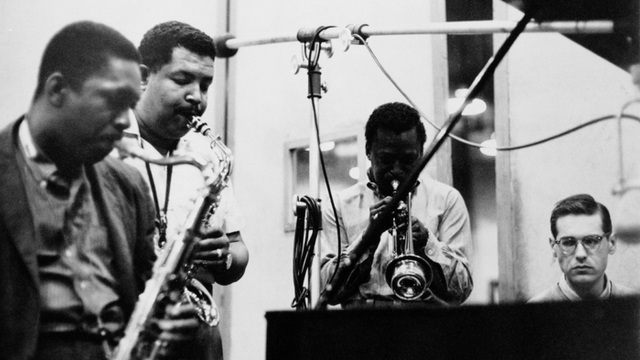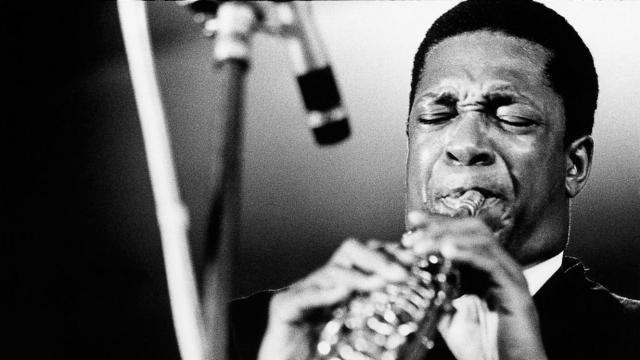This course is a survey history of jazz from its origins in New Orleans to the present. As a component of the Music Department, the course is designed as a listening course that traces the stylistic evolution of the music itself through the rich legacy of jazz recordings that have accompanied the development of the music. As art history lectures are framed by looking at images of paintings, sculpture, and architecture, class lectures are framed by listening to recordings (and, where possible, viewing film or video clips) of the successive phases of jazz history. As an elective, the course is designed for the general student body and its aim is to introduce them to the mainstream of jazz, a music apart from and more challenging than the world of commercial (“top 40”) popular music – a music characterized by Duke Ellington as “the African American’s classical music.” Though lectures focus on recordings they are not mere “DJ” descriptions of those recordings. Each segment of jazz evolution — the pre-jazz source musics (ragtime, blues, gospel, march), the sub-styles of early New Orleans jazz (the collective improvisation of King Oliver, the tight patterned arrangements of Jelly Roll Morton, the brilliant soloistic jazz of Louis Armstrong), Big Band Swing (Basie, Ellington, Goodman), Be-Bop, Cool Jazz, Coltrane, Jazz Fusion, Free Jazz — is placed in its immediate sociological and cultural context and how that context shaped the sound of the music.
As preface to the chronological progression of jazz the initial lectures define the parameters of jazz, the elements that define the music: improvisation as the basic mode of performance, its complex, African-based rhythmic features (syncopation and “swing”), and its African-based blues-inflected (elastic) melody. A series of initial lectures examine why the complex hybrid music that is jazz first coalesced in New Orleans: the city’s Latin (French/Spanish) origin; its strategic location between Afro-Caribbean and Anglo American music cultures; its uniquely polyglot population that included, by the late 19th American, Irish, German, and Italian groups, as well as the largest African-American population, both slave and free, of any American city; and an open-air, close-knit and permeable music scene centered around religious street festivals, whereby the musics of these diverse groups engaged in regular interaction.
A closing preliminary lecture examines the role of the African-American parade bands in the genesis of early jazz.
century, French, Spanish, and Black Creoles, Anglo
